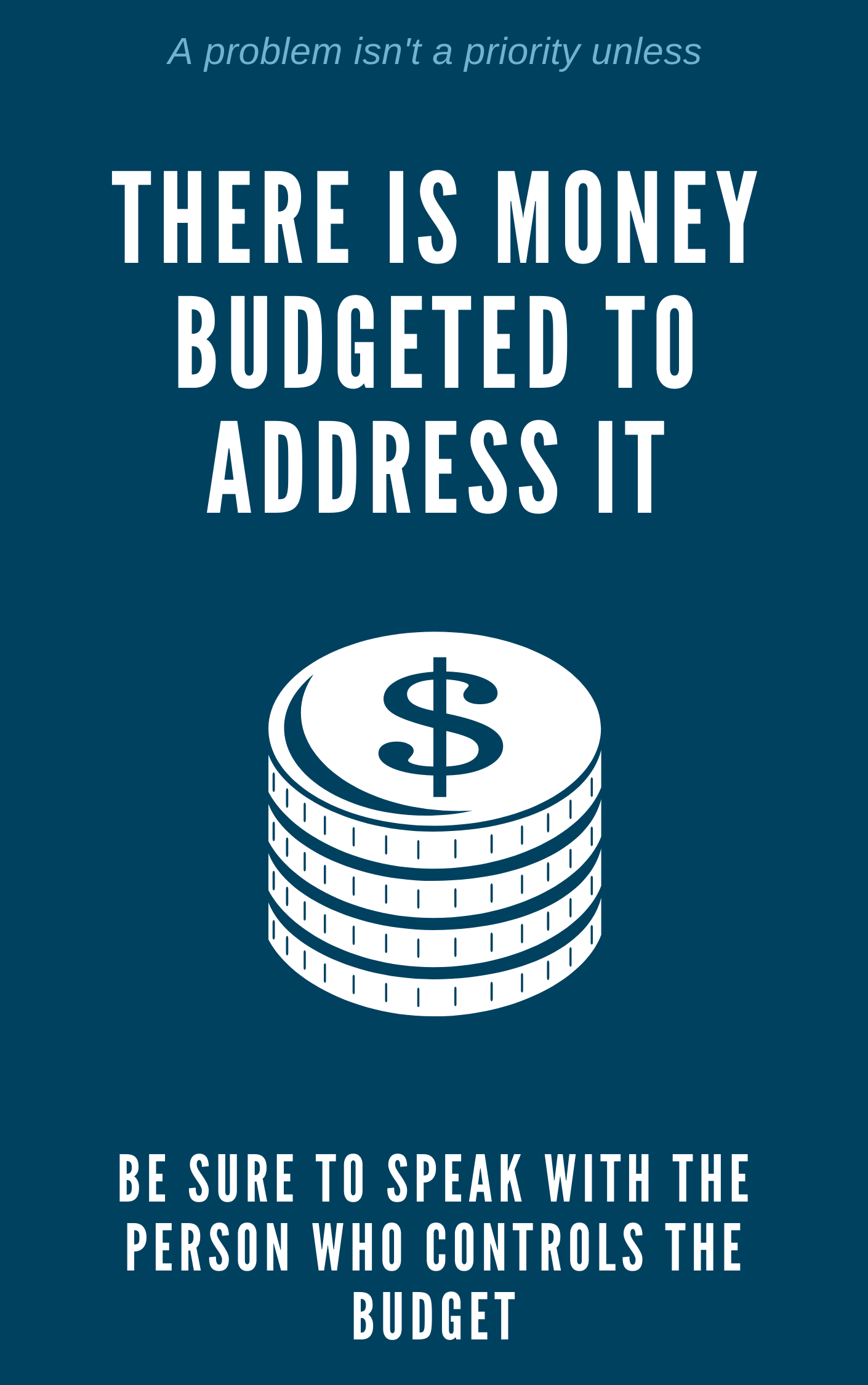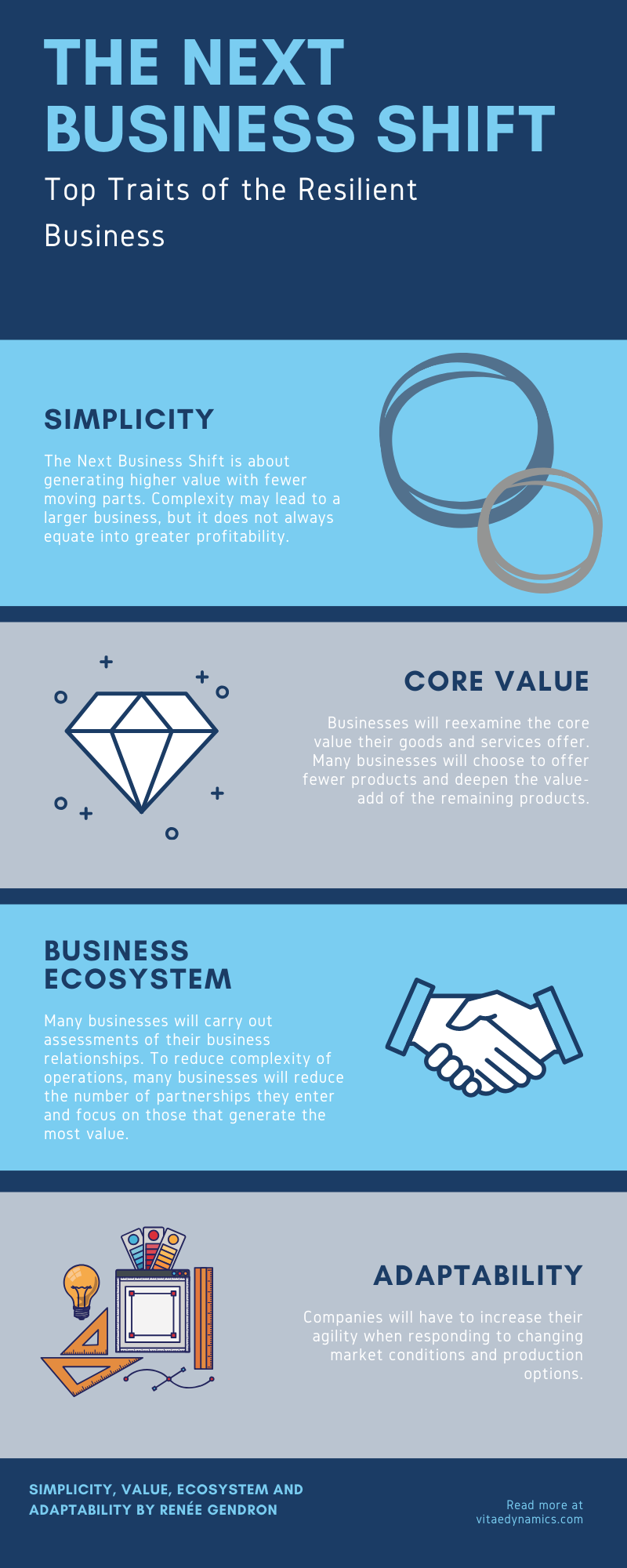The Next Business Shift News

I recently did a workshop on women and entrepreneurship. One common concern was that women professionals aren’t taken seriously. They’ll invest hours of coaching and advice into a lead, only to have the lead say they won’t buy from them. I provided some suggestions on how women entrepreneurs can close the sale. Much of the advice centred around pre-qualifying buyers to ensure they had a budget, a pressing need, and the entrepreneur was speaking with someone who had the authority to buy.
The conversation turned to bids and what rates to charge. I noted men stood firm on their rates. Men cite many years of experience, education and professional development and demonstrated their portfolios. If their hourly rate was $150, they wouldn’t accept anything for less. They might negotiate for longer-term projects and bring that number down, but usually, men stood firm on their rate.
Women, on the other hand, women were a different story. Many women with whom I spoke (during the workshop and at other events) cited the need to come in low. Very low. So low it was laughable. There were women with 20+ years’ experience bidding minimum wage. If you were the recipient of the bid, would you consider the bid serious? No. I wouldn’t either. Too low of a bid makes them appear amateurish and unprofessional.
This brings me to the point of this blog post. Men reach up. They apply to jobs when they have fifty per cent of the experience or qualifications for the job. They bid on projects that are at or slightly above their current work level. Women, on the other hand, reach down. They apply to jobs and bid on work for which they are overqualified. The net result is they short sell their hourly rates.
Women lose opportunities for advancement and lose contracts because they are seen as too qualified for the bid. If someone perceives you as too qualified, they are worried you will get bored and not do the job well.
The question is, how do women entrepreneurs dare? There are plenty of ways to be bold. The first is to know your worth. You have X years of experience with Y number of projects under your belt. Own those projects with pride. Write blog posts and other social media content to showcase your expertise. When going to networking events, be prepared with stories to showcase your past clients and experience. Own what you’ve accomplished, and don’t dismiss your hard work as ‘luck’ or ‘coincidence’. When you dismiss yourself, no one will take you seriously.
People take you as seriously as you take yourself. Show off your worth by keeping an updated portfolio, learning to qualify leads better, and walking away from those who have no interest in buying. When qualifying a lead, ask them how long they’ve had this problem, how much of a priority is it, and what kind of budget they have. If they say it’s a significant problem, but haven’t assigned any money to address it, then it’s not much of a priority.
Reach out to me on Twitter @vitaedynamics and let me know how you’ll qualify your leads.
In my next blog post, I’ll detail how women are better positioned for the Next Business Shift.

Business owners who think they make a go of business alone make it 100 times more difficult for themselves. When you have a thriving network and ecosystem, resources, collaborations, and innovation come easy. When you don’t have a thriving network and ecosystem, your business grinds to a painful halt.
A network is a group of people whose interests align across sectors and is based on trust. An ecosystem is a constellation of organisations with varying degrees of trust who have an interest in an industry or sector.
A network can be within an ecosystem or between them. However, the more dynamic a network, the more likely they are to engage new resources. Moreover, entrepreneurial networks are likely to develop new resources within ecosystems leading to innovation and disruption.
Ecosystems stagnate or adapt like business networks. If there resources and adaption, ecosystems shrivel and die out. Compare the apprenticeship, practice, supply, and delivery of blacksmiths today compared to 1800. Can you find a blacksmith in 2021? Sure. Is it the same infrastructure of support and delivery as it was in 1800? No.
Alright, back to the main point.
I’ve noticed in working with rural businesses that they have stable, sometimes stagnant, networks. I’ve also seen this trend in urban businesses, but it’s more evident in rural businesses because the population tends to be more stable.
With many rural business owners, their friends are the same as their business network. Business owners have high-trust relationships with people they’ve known for decades, and they’re less likely to reach out and meet new people.
Why?
The connections between friends and businesses are narrow. There’s deep history between the participants, and there’s a higher likelihood of not wanting to take risks or try something different.
The lack of risk-taking is a significant problem for many networks. If you don’t take measured risks, you’re not expanding your reach, developing new markets, meeting new people, or adapting to changing circumstances. Why the latter? Because change is a risk. Sometimes you get it right, and often we get it wrong.
You have to try to know whether something will work.
Here’s the issue emerging from COVID. Many businesses are relying on their pre-COVID business networks to see their way out. The problem is the ground has shifted under many business’ foundations, and the same networks won’t always get you to where you want to be in the pre-COVID world.
Does it mean you abandon all of the people who have helped you and whom you have helped?
No. Never.
It means you keep your eyes open and reach out to people who have made similar adaptations to their businesses. Some similar adaptations include stepping up the deliveries, working from home, relying more on online sales.
Most companies have made these changes but in different ways. What can you learn from the different ways? What can you learn from businesses in similar ways?
I keep coming back to the network and ecosystem concepts because they make or break businesses. If your network is struggling, you’ll struggle. Do you abandon your friends? No. You go out there and find additional support to (re)build.
More cash and new talent won’t restore things to pre-COVID because one has a time machine. We’re at a different phase in the business cycle. National and international politics have shifted. The post-Covid world horizon has shifted from a 2-week lockdown horizon to an unknown horizon with different variants.
As the economy emerges from COVID, now is the time to reach out to more people and see what kinds of opportunities can be created.
Here’s an exercise for you to help you understand how your business network has shifted because of COVID and to help you identify areas of different interest. Once you understand how your interests have shifted, you can seek out similar-minded people for support and collaboration.
Questions:
- How many businesses in your network have closed?
- Of the businesses that have remained open, how did they adapt to the new circumstances? What changed in their operational model? What changed in their service or product offerings?
- What new needs for your business have emerged since COVID? (Different skillsets, different marketing approaching, different product knowledge requirement, etc.)
- Since COVID, which items or services have been your best sellers? Are they the same as before COVID? Why is that the case?
- Once COVID has passed, which aspects of your business model will you keep and which will you cease?
- How have your business needs changed during COVID? Which skills, resource, and access gaps have emerged? Where and how can you meet those gaps?
Feel free to reach out to me on Twitter @vitaedynamics to continue the conversation

There’s a trend that I’ve noticed for years –for small businesses to remain competitive, they need to grow. I’ll give you two examples. I know a third-generation barn painting business. When the grandfather started the company, the grandfather had a ladder, a bucket of paint and a paintbrush. When the grandfather expanded, he bought a second ladder, more paint and hired a second painter. When the father took over the business, the father invested in trucks, spray painting equipment and more staff. Now the grandson took over, and the grandson must buy trucks that have buckets, scaffolding and more personnel. However, the grandson’s business isn’t more profitable than the grandfather’s. The grandson’s business is more complicated but still offers the same value.
I’ll give you another example. Ever notice how there are fewer and fewer dentists working independently when a generation ago, most dentists worked alone? Most dentists will now work in a group with five or more other dentists and a dozen or more dental hygienists. The solo dentist is finding it harder and harder to retain dental hygienists because hygienists can earn more at larger clinics and have more paid time off. They can take more vacation in a larger clinic because there are others to cover their patients. However, if you look at the larger clinics, they aren’t necessarily more profitable. They must rent a larger space to accommodate more patients, hire more administrative personnel to handle claims and receive patients, and must invest in more equipment. There’s also the added complexity of managing the additional personnel and handling more patients.
As businesses figure their way through COVID-19, many of them are re-examining their business models. Some companies are experimenting with work-from-home options, and others can’t wait for self-isolation to end to ensure a return to higher productivity. Other companies are re-examining their books to see if it’s profitable to return to how they operated before COVID-19.
A conversation needs to be had between complexity and value. The end-user might see a simple product, but the making of the product might be complex. There are many tools out there to help companies examine the dynamic between value and complexity – to name but a few: the Kano Model, the Value vs Complexity Quadrant and weighted scoring. These and other tools are helpful, but don’t go far enough.
These tools examine how complicated a project will be. They don’t examine the changes in organisational structure required to achieve those tasks. They don’t take into consideration how it will change the cost structure of a product and the company. The more complicated something is, the higher the cost to execute and maintain.
Sometimes it’s more profitable to scale down operations and focus on a narrower range of products. There are fewer inputs, fewer managerial complexities, less administration.
That’s one solution. We’ll see more of it the longer into social isolation we venture because there won’t be enough demand to maintain full operations.
Another solution is to re-examine business ecosystems. Certain business relationships require a lot of effort to maintain but deliver high value. I suggest there will be a shift in business relationships, away from trying to score the next big client, towards companies of similar size. Having larger partners often means burdensome relationship requirements. By this, I mean, larger companies tend to expect business lunches, travel to their headquarters, and more time to maintain the relationship. All of these actions carry a cost. A cost more and more companies won’t be able to maintain.
I'd like to hear from you. How can your business shift away from complex relationships towards simpler ones that offer more value?
